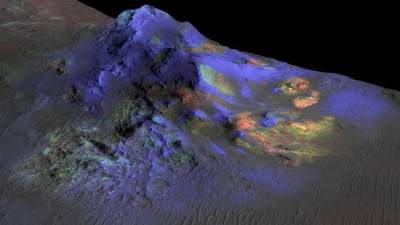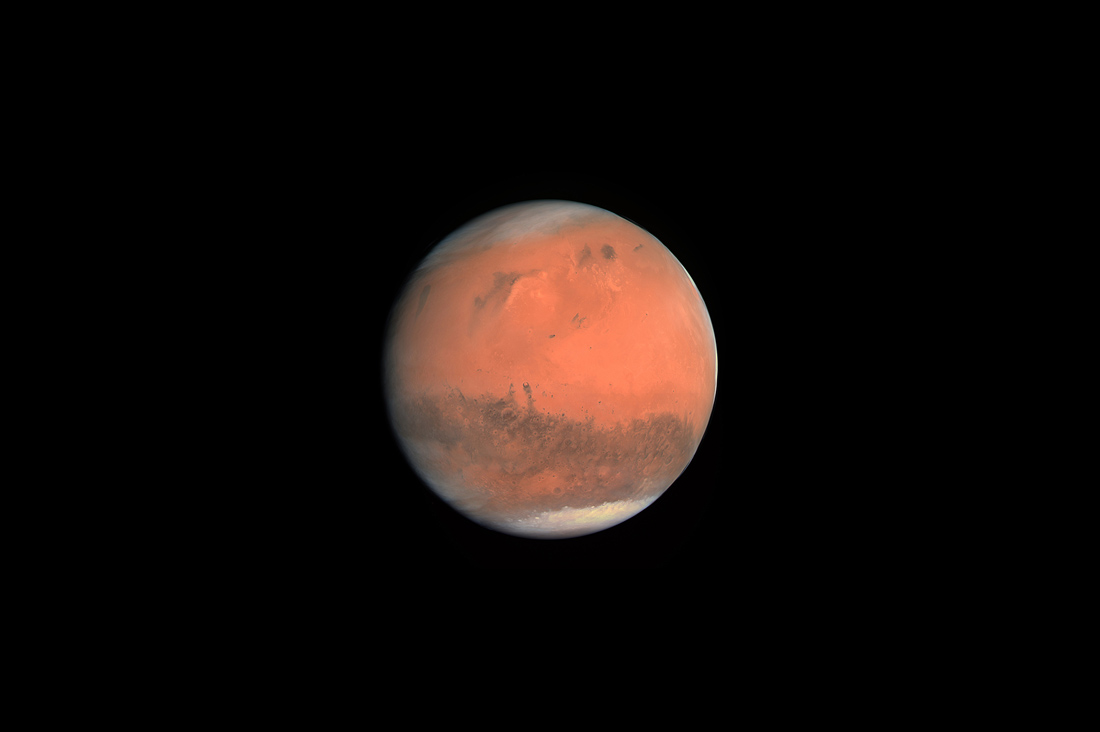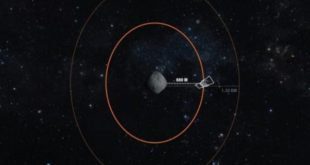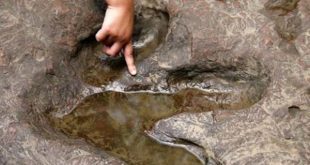 Scientists have discovered on Mars, a new mineral, which will help you better understand how evolved the planet.
Scientists have discovered on Mars, a new mineral, which will help you better understand how evolved the planet.
The Rover Curiosity found in one of the stones on the surface of Mars traces of the mineral tridymite, which scientists do not expect to find on the red planet.
“On the Ground tridymite occurs at very high temperatures in a process that we call “silica volcanism”. Mount St. Helens in Washington state and the volcano Kikai in Japan are Prime examples of this volcanism.
The combination of a large proportion of silica and high temperatures in these volcanoes creates tridymite. He was at the bottom of the lake in Gale crater as a result of erosion of volcanic rocks,” explains Richard Morris (Richard Morris) from space flight Center of NASA’s Johnson in Houston (USA).
As explained by Johnson and his colleagues, the discovery of tridymite on Mars was a complete surprise to astronomers and geologists, as scientists believed that Mars was dominated by another form of geological activity – the so-called basalt volcanism. It is characterized by a high content of iron and other metals in the lava, higher density spewing rocks and therefore more quiet character of eruptions.
Apparently, the volcanoes on Mars also periodically blew up and made a powerful “pop” during eruptions – examining one of the stones at the point called “Buckskin” at the foot of mount sharp in July last year, Curiosity found in this tridymite.
His presence, according to scientists, it is impossible to explain anything other than volcanic activity – all their attempts to force tridymite formed in the laboratory at low temperatures and pressures have failed. This means that Mars likely experienced a much more violent volcanic youth than we believe today, and is a more complex planet from a geological point of view.







